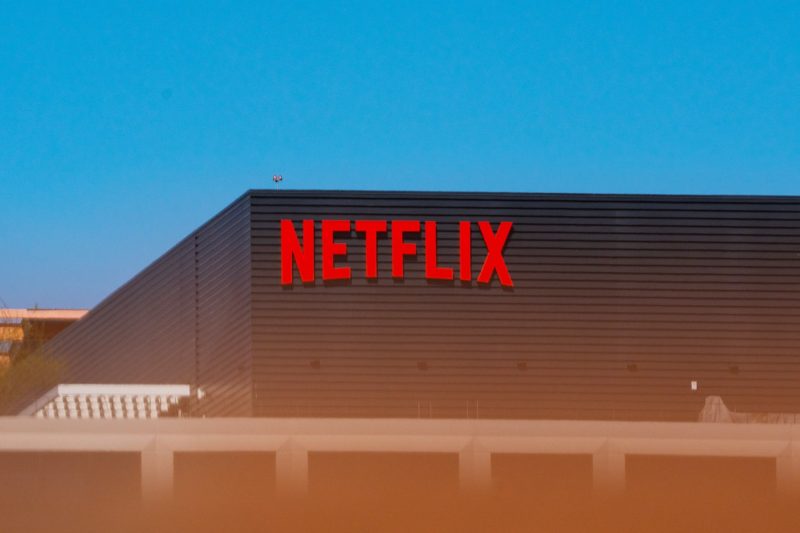Netflix Ad-Supported Tier Has 40 Million Monthly Users, Nearly Double Previous Count
The streaming landscape is constantly evolving, with platforms seeking new ways to attract and retain users. One significant trend that has emerged is the introduction of ad-supported tiers by streaming services, providing users with the option to access content for free, albeit with advertising interruptions. Recently, Netflix announced that its ad-supported tier has gained significant traction, with a reported 40 million monthly users – nearly double the previous count.
The move by Netflix to introduce an ad-supported tier represents a strategic shift for the streaming giant, which has long thrived on its subscription-based model without ads. By offering a free tier supported by advertising, Netflix aims to tap into a new segment of users who may be unwilling to pay for a subscription but are still interested in accessing the platform’s content.
One of the key advantages of an ad-supported tier is its accessibility to a wider audience. Users who may have been hesitant to subscribe to Netflix can now enjoy a selection of content for free, providing them with a taste of what the platform has to offer. This approach not only expands Netflix’s user base but also serves as a potential entry point for converting free users into paying subscribers in the future.
However, the introduction of an ad-supported tier is not without its challenges. Some users may find the advertising interruptions disruptive to their viewing experience, especially if they are accustomed to ad-free streaming. Additionally, striking the right balance between ad revenue and user experience is crucial to ensure that users do not feel overwhelmed by advertisements.
Despite these challenges, the success of Netflix’s ad-supported tier signals a shifting landscape in the streaming industry. As more platforms explore alternative revenue streams and pricing models, the competition for viewers’ attention continues to intensify. By diversifying its offerings and catering to different user segments, Netflix demonstrates its adaptability and willingness to experiment in order to stay ahead in a rapidly changing market.
In conclusion, the rise of ad-supported tiers in streaming services reflects a growing trend in the industry towards offering more flexible and diverse options for users. Netflix’s decision to introduce an ad-supported tier has proven to be successful, attracting a significant number of users who may have otherwise hesitated to subscribe. As the streaming landscape continues to evolve, it will be interesting to see how platforms innovate and adapt to meet the changing preferences of viewers in an increasingly competitive environment.
